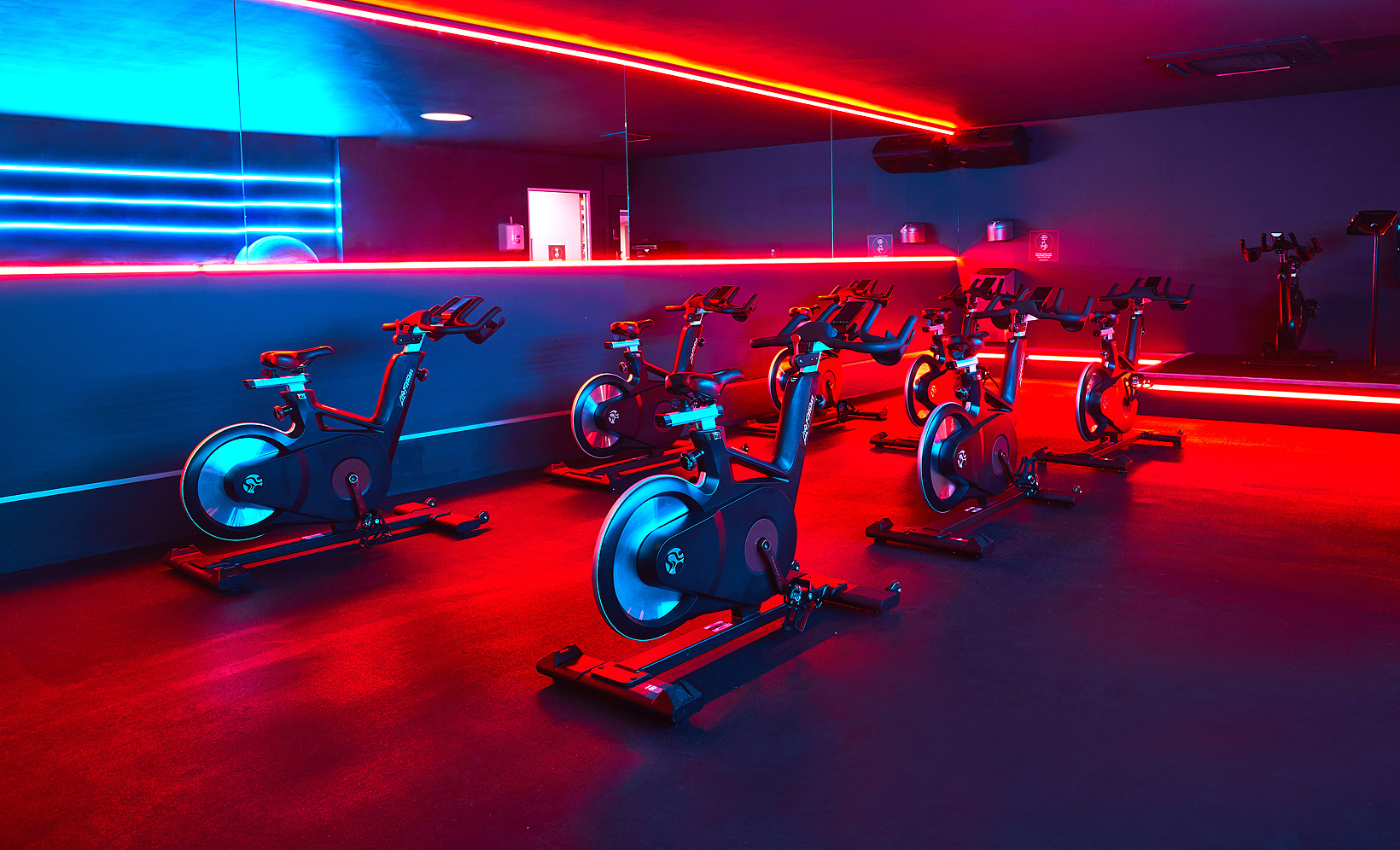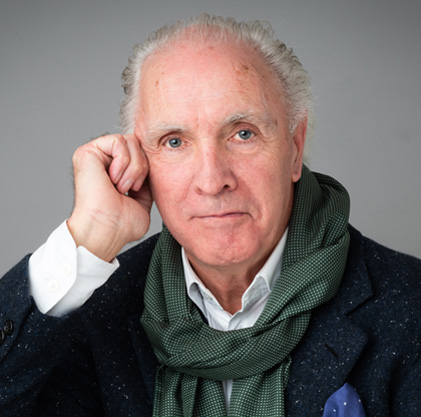For a while the mid-market became an uncomfortable place to operate. With the advent of low cost players in the late noughties, there was a lot of buzz around the concept of bargainous memberships, no contracts, a 24/7 offering and aggressive rollouts.
The likes of The Gym Group and Pure Gym were intimidating competitors, arriving in a neighbourhood and successfully luring away those members who liked something new and shiny and who didn’t use the pool.
Then the sexy boutiques came along, with luxury environments, niche offerings and specialised advice, and suddenly many mid-market operators found they were too generic for a segmented market.
A large number of mid-market independents, who hadn’t reinvested and didn’t know their USP, went to the wall. The mid-market giants endured tough times too: Fitness First was sold to DW Fitness and LA Fitness to Pure Gym. Virgin Active had to restructure, selling a third of its estate to focus on its higher-end family and racquet clubs, and Bannatyne headed upmarket by developing more of a wellness offering by integrating with its spa division.
There was a definite feeling in the industry that mid-market was an undesirable label and many operators were keen to disassociate themselves with this space. However, by 2018, entrepreneurial independents were popping up, proud to call themselves mid-market, saying it was a massive space which no one was dominating. They were picking up members who were trading up from low cost clubs – wanting a club where they could get more attention and advice - and trading down from high-end clubs, which were either too expensive or where they didn’t use all the facilities.
So is the mid-market still ‘squeezed’ or has it become viable again? We ask the experts...




























































